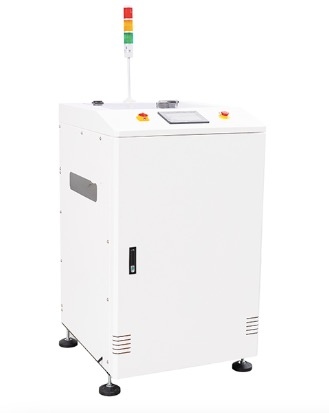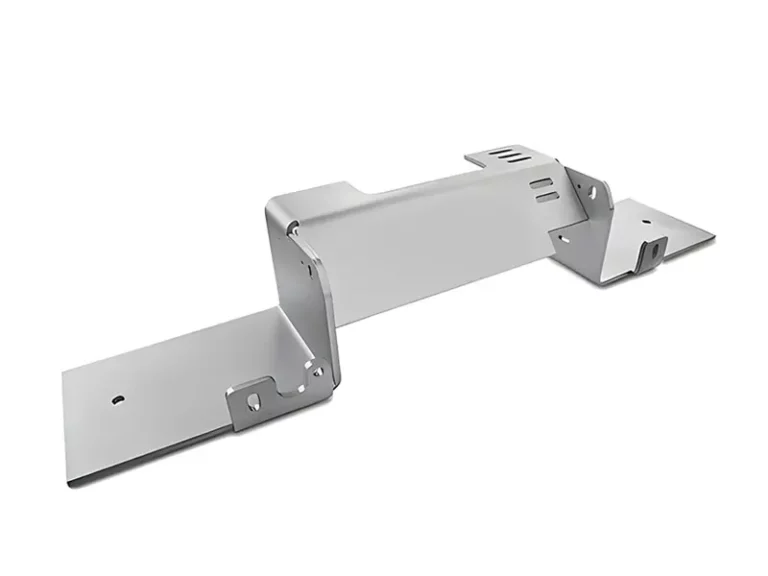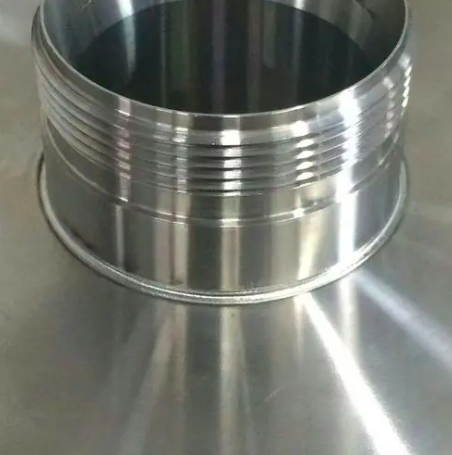Printed circuit boards, also known as PCB circuit boards, are important electronic components. The traditional circuit board is to make the circuit diagram and drawing of the circuit by printing the resist method, so it is called the printed circuit board. So, what are the steps in the PCB circuit board design process? Let a professional PCB engineer explain it in detail for you:
The process of PCB circuit board design can be divided into the following four steps:
Circuit schematic design. The circuit schematic design mainly uses the DXP Protel schematic editor to draw the schematic.
The generated “Web Form-Web Report” displays the circuit principle and the link between the components in each report. It bridges the circuit schematic design and the circuit board design via the network’s circuit schematic diagram. The report can quickly find the connection between the components, so as to provide convenience for the back of the PCB design.
Printed circuit board design. Printed circuit board design is usually called “PCB design”, which is to convert the circuit schematic diagram into the final form. This part of the design is very difficult to design the circuit schematic diagram. We complete the design here through the powerful design function of Protel DXP.
Generate a printed circuit board table. After the design of the printed circuit board is completed, various reports need to be generated, such as pin statements, circuit board information reports, network status reports, and finally printing out the printed circuit board.
The above are the four steps of the PCB circuit board design process explained to you by professional PCB engineers. Do you understand all of them?









